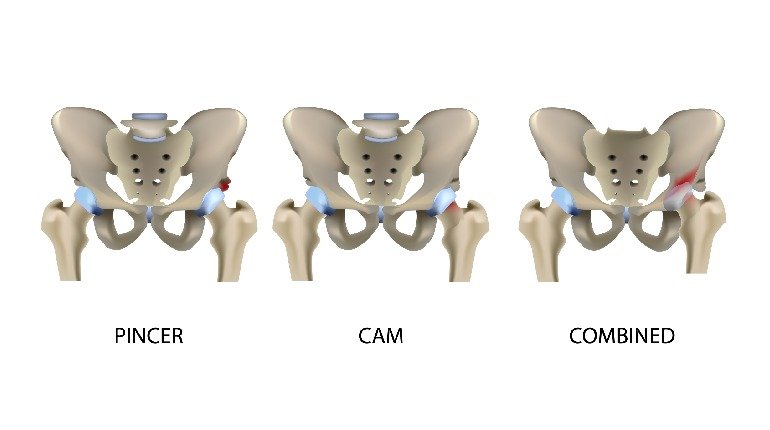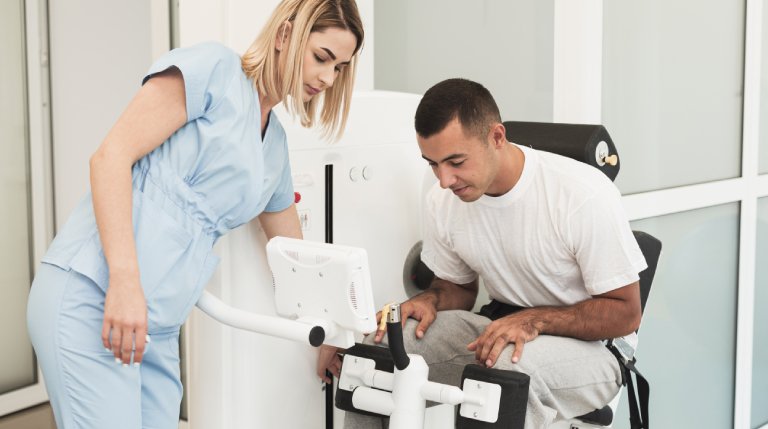
Structural Disorder of the Hip: Hip Impingement
Introduction
The hip joint is a ball and socket structure at the top of the femur (thigh bone). It helps us stand upright, walk and run. In athletes, the hips perform various movements, such as side-to-side, forward/backward, rotation, flexion/extension, and abduction/adduction.
Hip impingement can cause pain in your hips, groin area, lower back, buttock, thigh, knee or even ankle. The pain can range from mild to severe, depending on its severity. There are various types of hip impingement, such as femoroacetabular impingement (FAI) and psoas impingement. In FAI, the bones of the hip become misaligned, causing friction between them and other structures.
Hip impingement is an extremely common sports injury, affecting around half of all runners. The problem occurs when the cartilage between your bones becomes inflamed or damaged.
Read further to know more about Hip Impingement.
What causes it?
A malformed femoral head, a distorted femoral neck, or a hip socket that covers too much of the femoral head can all induce hip impingement. Repeated “bumping” or impingement of the femur on the rim of the acetabulum causes cartilage and labral degeneration over time.
Repetitive exercise involving recurrent movement of the legs beyond their usual range of motion has been linked to hip impingement in some athletes. Hip impingement symptoms might also be caused by accident.
What are various types?
There are two main types of Hip Impingement:
- Cam Impingement: This issue develops when the ball-shaped end of the femur is not exactly rounded. This impairs the femoral head’s ability to glide smoothly within the hip socket.
- Pincer Impingement: This condition develops as the femoral head occupies the extra covering. The neck of the femur bone impinges or bumps on the rim of the deep socket during hip flexion action. As a result, cartilage and labral injury occur.
What are the symptoms?
Initially, there may be no signs of hip impingement, or the symptoms may be moderate or ambiguous. Some common symptoms include:
- Groin, hip, or lower back pain can occur at rest and during movement.
- Pain in the groyne, particularly after flexing the hip
- Inability to extend hip flexion beyond a straight angle
- Thigh, hip, or groyne stiffness
What is the treatment?
Conservative treatments, such as injections, physiotherapy, and physical exercise, have helped some individuals manage hip impingement.
Surgical intervention is recommended in some circumstances. This type of surgery might be minimally invasive or open. The more usual therapy is arthroscopic surgery, which may cure the majority of impingement abnormalities. Open surgery is recommended to ensure complete repair of a severe or complex impingement deformity.
Conclusion
Hip impingement is a condition where pressure builds up on the joint due to tight muscles surrounding the pelvis. This causes irritation and inflammation of cartilage and bone around the joint.
If you have been suffering from the pain for a long time, do not delay further. Consult Dr Yugal and get comprehensive information about the condition and associated treatment. For a consultation session, call on +91 8851376606.




